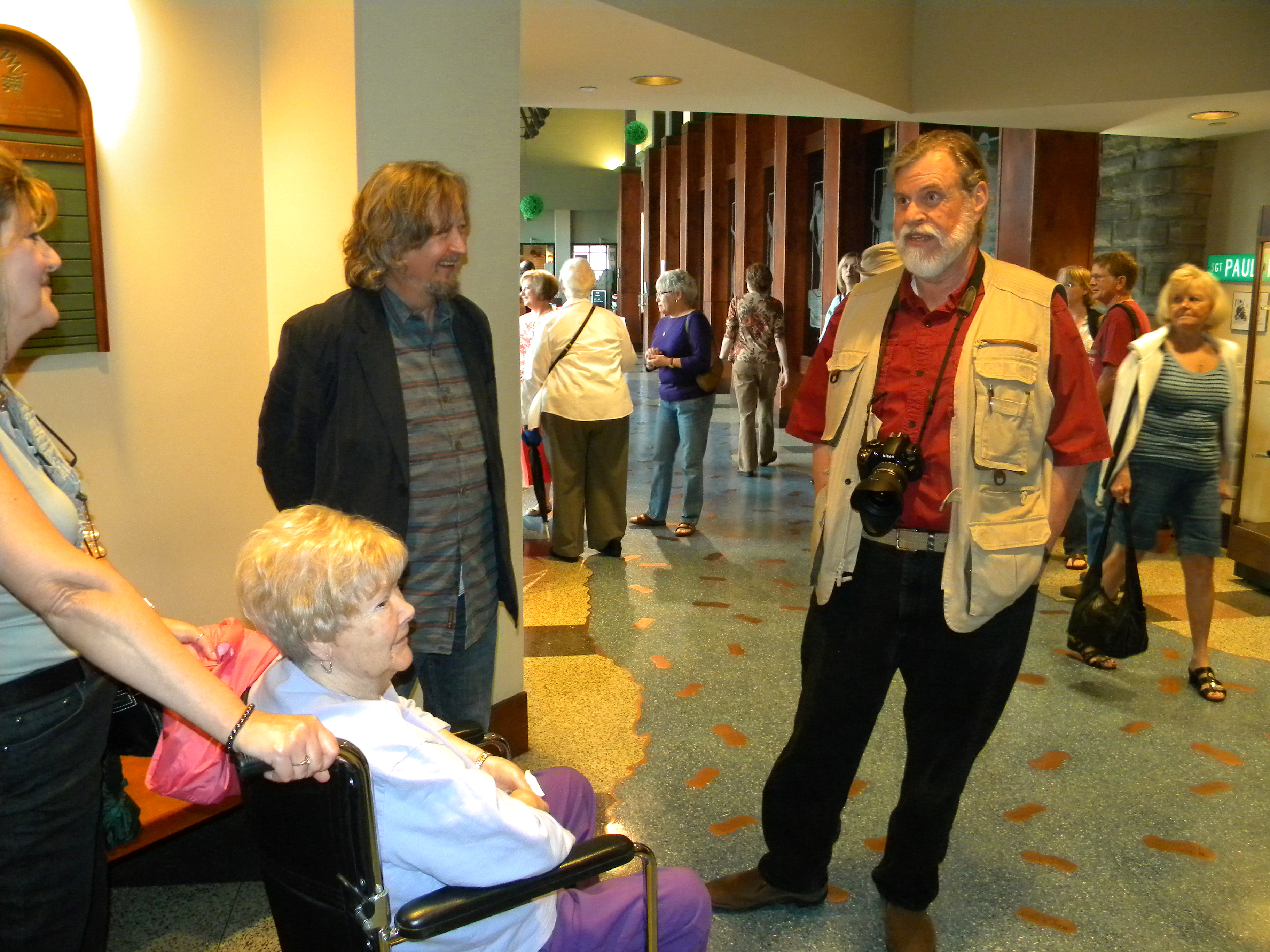Cleveland exhibit recaptures vanishing Appalachia
Friday, January 1, 1904
COMING UPThe award-winning "Vanishing Appalachia" exhibit, from the East Tennessee Historical Society, will be linked to other events in coming weeks, said Museum Center Director Lisa Simpson Lutts.• Saturday: Potter Rob Withrow from the John C. Campbell Folk School will hold a workshop from 10 to 11:30 a.m. on how to create your own face on a stoneware mug. Cost is $23 for museum members, $25 for nonmembers; $13 for museum members' children and $15 for nonmembers' children.• April 28: Polk County Ramp Tramp van tour• June 9: Wildwoods ramble at Fletcher Park in downtown Cleveland and an evening of woods lore and wisdom at the Cleveland Public Library.Source: Museum Center at Five Points
CLEVELAND, Tenn. -- Go look in the right hollows and the Appalachian life still can be found, say photographer Don Dudenbostel and writer Tom Jester.
But there's not much left of it.
Their exhibit of photos and recordings of southern Appalachian people took three years to compile. "Vanishing Appalachia'' opened Saturday at the Museum Center at Five Points and continues through June 30.
Dudenbostel, who was born in an Indiana coal town and grew up around Oak Ridge, and Jester, who grew up in Fort Payne, Ala., led tours Saturday, telling stories and explaining the photographs.
Almost everybody knew about Marvin "Popcorn" Sutton, a Tennessee moonshiner whose story once was featured on The History Channel.
But Dudenbostel and Jester also have photographed and talked to snake-handling believers, cockfighters, Mennonite farmers and others who live the old Appalachian life.
Inspired by famed 1930s photographers like Dorothea Lang and Walker Evans, Dudenbostel has spent decades recording the images of Appalachia.
"One day I just realized all this is virtually gone,'' he said before Saturday's tour.
"We are talking about a culture frozen in time,'' Jester said. "We don't judge anybody. We don't say 'hey, look at those hillbillies' and stuff like that.''
They talk about a man who made $148,000 in one day with four fighting cocks and a serpent-handling believer who is also a rich Atlanta land developer.
The vanishing began decades ago when industries began moving to southern Appalachia, they said, and during the two world wars when many left the hills and hollows for the first time.
Their books and a CD, including a new book about Sutton, are available at the museum.

